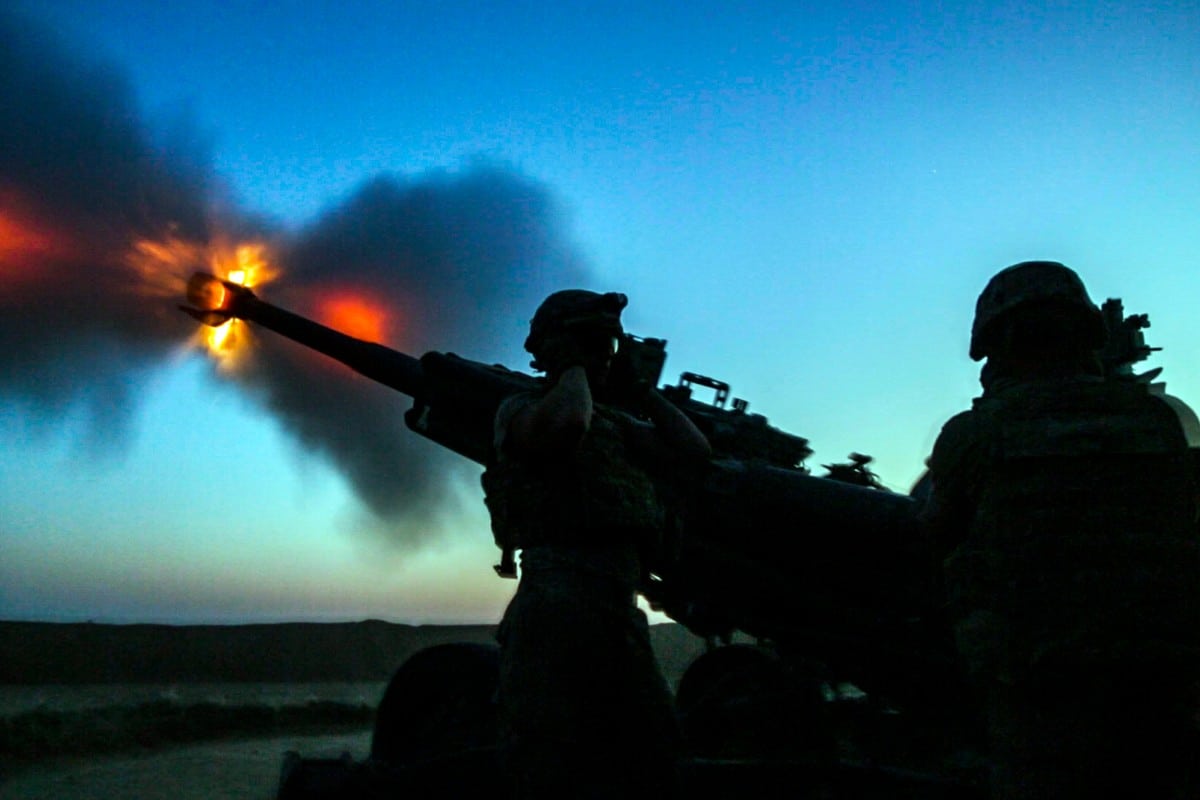 Photo by: Spc. Anthony Zendejas
Photo by: Spc. Anthony Zendejas
Understanding the Baqir Brigade’s Threat to U.S. Troops in Syria
On June 14, The New York Times published a video investigation into Syria-based militant group Liwa al-Baqir which, earlier this spring, declared the commencement of “jihad operations against the American occupation.” This statement, which was posted to the group’s social media page in early April, was one of the first instances during the Syrian conflict that a militia not designated as a terrorist group called for direct attacks against U.S. servicemembers. With around 2,000 American personnel in the country, the announcement of jihad against them is cause for concern, especially because the use of social media could inspire homegrown attacks from within U.S.-controlled Syrian territory. However, worrisome as these announcements are – with videos of ISIL beheadings and video-messages from Osama bin Laden not too far removed from memory – the threat to Americans posed by the Baqir Brigade and their Facebook post should not be overstated. They, and other militant groups loyal to the Assad regime in Syria, differ from ISIL and al-Qaeda in three notable ways.
First, the groups differ in mission. Al-Qaeda and ISIL are indubitably driven by different goals than the Baqir Brigade and employ different tactics. For al Qaeda and ISIL, the end-goal is the creation of caliphate – a state governed by their interpretation of Sharia law. Conversely, the ambition of the Baqir Brigade is to support and maintain Assad’s regime in Syria. Where al-Qaeda and ISIL seek to impose their own hegemony, the Baqir Brigade works to advance the hegemonic goals of others.
Second, the groups differ in religious affiliation. Al-Qaeda and ISIL both espouse the Salafist-Jihadi Wahhabist strains of Sunni Islam, operate in Sunni-majority countries and support sectarian violence against Shia Muslims. The Baqir Brigade is a Shia group operating in Syria – a Sunni majority country. Al-Qaeda and ISIL’s social media and recruitment campaigns have the potential to be so effective because they are broadcasted by religious extremists making an appeal within sectarian lines – by Sunnis for Sunnis. In contrast, for the Shia Baqir Brigade, social media and recruitment efforts are unlikely to appeal to the Sunni majority – especially given the role that sectarian divisions have played in fueling the Syrian civil war.
The third and final difference is that the Baqir Brigade is a small fish in a war dominated by big fish. The conflict in Syria is so complicated in part because of the long list of powerful actors. Unlike the classic rebel versus government showdown, in which there are only two political objects pushing against each other, in the Syrian conflict, the fight between the rebels and the government is one of many. Powerful state and non-state groups such as the United States, Russia, Turkey, Iran, Iraq, Saudi Arabia, al-Qaeda and ISIL all have vested interests in the outcome of the Syrian civil war. Therefore, the addition of the Baqir Brigade to the multitude of proxy and non-proxy groups operating in the country is likely to have a minute effect.
To this point, when contact has occurred between the Baqir Brigade and American troops in the past, it has been concluded quickly and decisively in favor of the U.S. When, last May, a convoy of brigade fighters and Assad loyalists crossed an American deconfliction line near Al-Tanf Air Base, it was swiftly met with a U.S. airstrike. Long before the brigade’s jihad against American troops was declared, the group was already losing on the battlefield.





